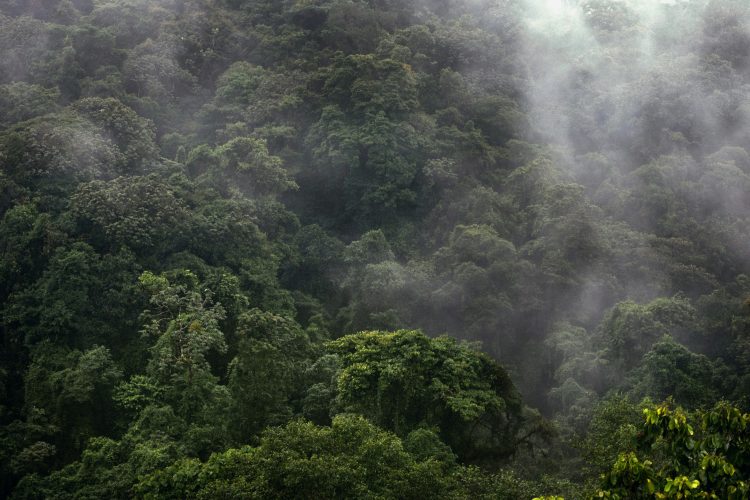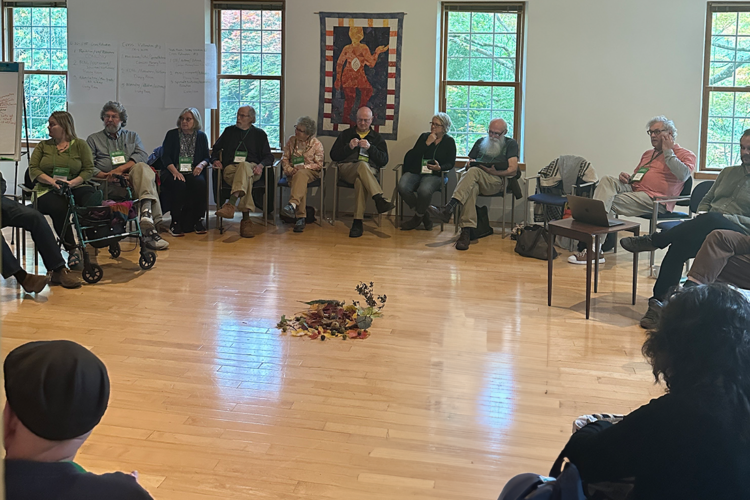What are the UN’s Millennium and Sustainable Development Goals?

The Millennium Development Goals (MDGs) came out of the UN Millennium Summit in 2000. There are eight goals (see sidebar, right), intended to improve social and economic conditions in the poorest countries in the world by 2015. A conference held in 2010 assessed progress so far and sparked additional plans to see how more of the goals could be met in the remaining years before 2015.
Each of the goals has specific internal targets, which when spelled out prove only partial. The first goal, for example, is not to fully eradicate extreme poverty and hunger; it actually specifies only cutting in half the proportion of people living on less than $1 US per day, and the same with the proportion of those who suffer from extreme hunger. The other seven goals are similarly loosely defined and/or partial.
There has been very uneven progress toward meeting the MDGs. Some countries have achieved many of the goals, while others are not on track to realize any. A UN conference in September 2010 reviewed progress to date and adopted a global action plan to achieve the MDGs by their 2015 target date. Wealthy countries are supposed to be covering the costs the goals entail, but more than half the aid offered is toward debt relief, with much of the remaining aid money going to natural disaster relief and military aid, neither of which furthers development.
There are questions about the methodology used with the MDGs: in each case, what is actually being measured, and what does it mean? Many poor countries are unable to collect good data. Use of different yardsticks (indicators) in different countries and regions results in confusion and data that cannot be compared.
The MDGs are generally judged to have failed. However, despite many flaws, having the goals has provided a political and operational framework for addressing serious problems. For difficult-to-measure goals, best practices have been identified and their positive effects on progress are measureable. Importantly, the MDGs bring attention to measurements of well-being beyond income. Many such tools already exist, including the Human Development Index, the Ecological Footprint, the Sustainable Society Index, SAFE (Sustainability Assessment by Fuzzy Evaluation), the Environmental Performance Index and others.
The Sustainable Development Goals (SDGs)
The Sustainable Development Goals (SDG) do not yet exist. The decision to create them was made during preparations for the Rio+20 Summit in June 2012. Here is a good “think piece” from Stakeholder Forum during that preparatory period sharing what the SDGs should be: http://www.stakeholderforum.org/fileadmin/files/Beyond%202015%20MDG-SDG%20relationship.pdf. In the months following the Rio+20 Summit, the UN Department of Economic and Social Affairs (UN DESA) conducted a survey on what nations want to see in the SDGs, and in January 2013 Stakeholder Forum released a lengthy synthesis of responses from the UN Member State missions. You can read that report at http://www.stakeholderforum.org/fileadmin/files/Analysis%20SDG%20UNDESA%20Survey_Final.pdf
Once the goals have been developed and agreed upon, they will apply to all countries, not just the poorest. They are to be ready for use when the MDGs lapse in 2015. An Open Working Group on the SDGs, composed of 30 member states—five from each of six global regions—was to have been named by September 2012, but a problem agreeing on which countries would serve delayed forming this body until early 2013. A system has now been agreed to where each of the 30 seats will be shared by several countries. No nation wanted to risk not participating. Meetings have finally begun.
It was agreed in the Rio+20 outcome document that SDGs must be action-oriented, concise, easy to communicate, limited in number, aspirational, global in nature, and universally applicable to all countries while taking into account different national realities, capacities, and levels of development and respecting national policies and priorities. Work is ongoing in several tracks. We will see what eventually comes out of this process.
Indicators Matter
The selection, development, and use of indicators tells us what we as a society value. Money, the Gross Domestic Product (GDP), has been our only universally applicable indicator. While much is unclear, we know that the new goals will go “beyond GDP” to assess general well-being.
The UN is seeking ways to measure what matters, to help societies improve in many ways. Can indicators be created to evaluate societies in honoring human rights? For honoring the rights of other beings too? The rights of our sacred planet Earth? What could we measure to see whether we are making progress?
People at the UN are talking about these rights, but can they be operationalized?
I would like to see the development and use of an indicator for subsidiarity. This is the idea that a central authority should have a subsidiary function, performing only those tasks which cannot be performed effectively at a more immediate or local level. My strong hunch is that subsidiarity would correlate positively with both the success of projects undertaken to meet the SDGs and with reports of life satisfaction.
See http://en.wikipedia.org/wiki/Millennium_Development_Goals for more information.
Photo credit: United Nations Publications, 2013. Used by permission.

